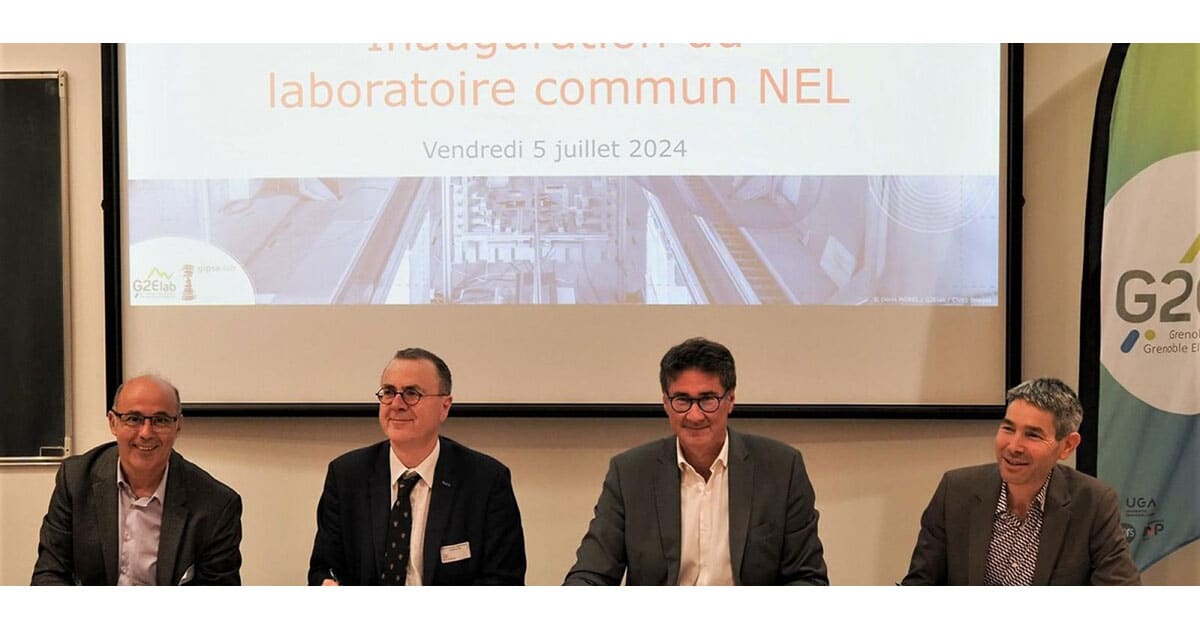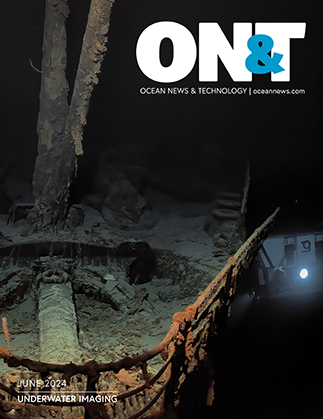This new associated research laboratory will combine the expertise in ship electromagnetism of members from the Grenoble Electrical Engineering Laboratory (CNRS/Université Grenoble Alpes) and the Grenoble Images Speech Signal and Control Laboratory (CNRS/Université Grenoble Alpes), as well as the technical expertise of Naval Group’s R&D teams.
Enhancing Control of the Electromagnetic Signature of Ships
By its very presence, a ship creates a local electromagnetic disturbance that can lead to its detection. The sources of this disturbance or “electromagnetic signature” can be the ferromagnetism of the hull, the fields radiated by onboard electronic equipment, and the corrosion currents that form in the water near the hull. Controlling this electromagnetic signature is crucial to ensuring the discretion of military ships, especially in a hostile environment.
The result of longstanding scientific collaboration between teams from Naval Group, the CNRS, the UGA, and Grenoble INP-UGA, the NEL Labcom (Naval Electromagnetism Laboratory) will study the electromagnetism of ships with a view to developing new solutions that ensure discretion in the face of evolving detection methods.
Electromagnetic and acoustic signatures represent a considerable scientific challenge and are the subject of major research efforts as well as the development of numerous technologies.
A Historic Scientific Collaboration
Relations between public and private actors in this field date back approximately 80 years to when Louis Néel, the winner of the Nobel Prize in Physics in 1970, initiated research during the Second World War on magnetic neutralization processes for French navy ships.
Since then, the Grenoble research site has acquired internationally recognized expertise, which teams from Naval Group call on regularly. The two entities made their partnership official in 2021 by signing a framework agreement establishing joint research projects, with the subsequent launch of multiple collaborative projects and laboratories. This collaboration is based on the complementary and interdisciplinary scientific skills of the two Grenoble laboratories, including:
- low magnetic field metrology;
- modeling low-frequency electromagnetic fields;
- processing very noisy magnetic signals for detection.
The creation of the NEL associated laboratory provides an enduring and structural framework for collaboration between Naval Group and the laboratories under the joint supervisory authority of the CNRS and the Université Grenoble Alpes in which Grenoble INP-UGA is strongly involved.
“The CNRS is thrilled about the creation of the NEL associated library with Naval Group, with which our organization has a long tradition of research collaboration, one that is particularly dynamic at the Grenoble research site. The NEL will deepen the study of the electromagnetic signature of ships by mobilizing the skills and infrastructure of the two Grenoble laboratories under CNRS supervisory authority. The CNRS is proud to contribute to advancing knowledge and enhancing Naval Group’s skills, as part of the enduring framework of an associated library embodying year of relations marked by trust,” declares Jean-Luc Moullet, the CNRS Chief Innovation Officer.
“The NEL associated laboratory, a model of collaboration between public research and industry, is based on multiple pillars: enduring relations, unique experimental resources, dedicated software tools, and of course the skills of remarkable scientists, growing out of a long scientific and experimental tradition. For Naval Group, this ambitious research program is a major advantage in improving our grasp of the electromagnetic signature of our ships, thereby giving them technological superiority in combat to the benefit of our client navies, chief among them the French navy,” explains Frédéric Vignal, Head of Development and Innovation of Naval Group.
“The Université Grenoble Alpes pursues an ambitious policy supporting innovation and strengthening ties between training, research, and industry, notably via the structuring of its Grenoble Alpes University Innovation Centre, which brings together all of the partners in the ecosystem. This associated laboratory embodies this policy, as well as the impact of public research in addressing major scientific challenges, competitiveness, and French sovereignty,” adds Yassine Lakhnech, President of the Université Grenoble Alpes.
“Based on the historic collaborations that it both structures and strengthens, the creation of this associated laboratory is clear recognition of the cutting-edge position enjoyed by Grenoble researchers in a strategic domain, based on experimentation platforms that are unique in France. It is also an excellent illustration of the innovation policy we are pursuing with our partners, based on the impact of both French public research and public-private collaboration,” points out Vivien Quéma, President of Grenoble INP—UGA.

